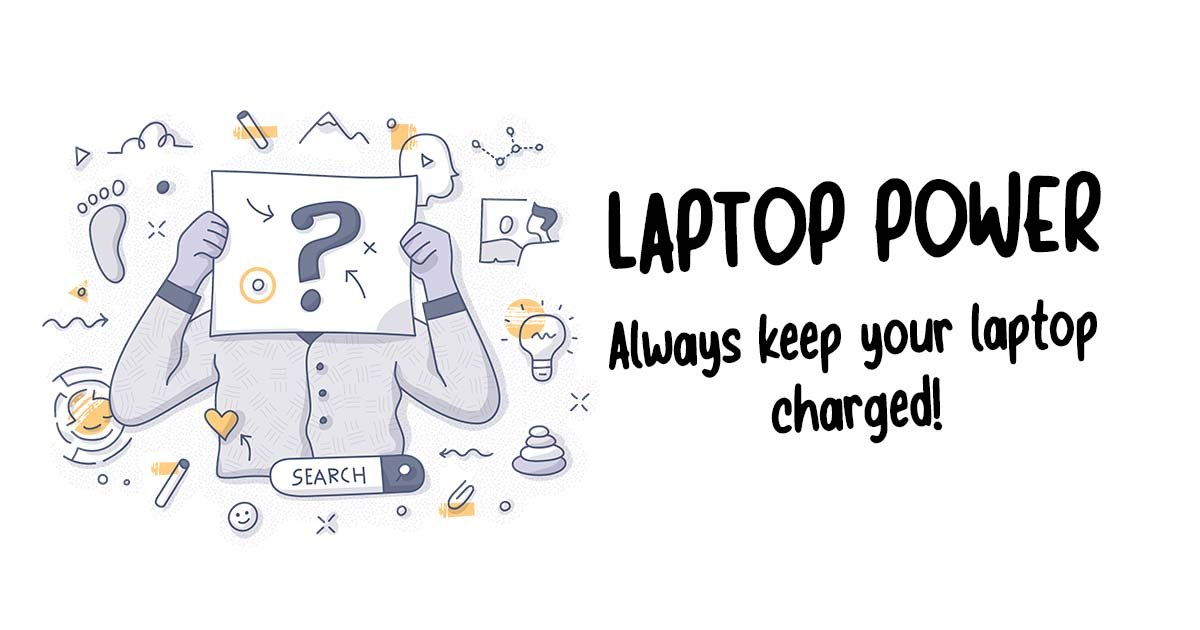How many watts does a laptop use?
A laptop draws power from a battery or an outlet to power the circuits and components. So how many watts does a laptop use? A typical laptop usually draws about 45 watts of power while on and in use.
This is why it’s important to plug your computer in when you’re using it-to avoid draining the battery.
In order to save battery on your laptop, there are a few things you can do. First, if possible turn off the Wi-Fi and close any unnecessary programs that are running. You can also adjust the screen brightness according to your needs. Last, if you’re using a laptop that is plugged in it is best to turn off Bluetooth and wireless cards.
Throttling can help keep your laptop cool
Throttling is a process where the processor slows down its speed in order to keep the laptop from getting too hot.
Overclocking your laptop
The frequency of the processor in a laptop is typically adjusted by the factory, but for laptops that are not overclockable, changes can be made to the CPU voltage and multiplier. This can be done with a simple utility available from your laptop manufacturer or through manual modification by editing the configuration file, as well.
In order to improve performance during games and other heavy applications, it helps to overclock your system. The first step is to enable Turbo Boost. Once you have enabled Turbo Boost (or if it is enabled already) you can then change your frequency settings for a small performance boost.
Laptop software
Laptops also require certain software programs for them to function properly, such as antivirus (to prevent viruses from infecting your device) and anti-malware (which protects against malware).
Most people think of laptops as computers that can be used anywhere at any time, but they might not know that they have other limitations.
Laptop hardware
It’s important to remember that laptops are really just small computers and they won’t work if you don’t have the right hardware.
If any of these components fail, your laptop could become useless until you replace the broken parts.
Because they are mainly used on the go, laptops usually do not come with optical drives. You can purchase an external DVD drive if you need to burn DVDs or CDs.
Laptop cooling pads
This type of accessory will usually sit under your laptop, or attach to its sides, and use fans to blow air over the bottom of the device (where heat can build up). It can often lower the temperature by ten degrees Celsius. Some people might find this a bit too noisy though so it may not be ideal for everyone.
Keep your laptop clean
Dust buildup can also become a problem in laptops (as with any electronic device) which could lead to overheating. Dust will build up on the cooling fan, or under it, and prevent airflow. Dust buildup may not be very noticeable at first but as time goes by, your laptop will start to feel warmer and warmer. The substance can also build up on the processor, resulting in it reaching its thermal threshold faster.
Laptops have a built-in fan that will circulate heat inside the case to keep your computer cool. However, if you notice that it becomes too hot when just doing simple tasks such as opening documents or surfing the net then there is a problem.
Keep your laptop charged

You should always plug your laptop in when using it to avoid draining the battery. A typical laptop usually draws about 45 watts of power while on and in use, so make sure you have a spare charger with you or that your computer is plugged into an outlet at all times if you’re traveling for extended periods without access to electricity. If not, find a wall socket ASAP!
Of course, if the power goes out or there’s a blackout, you won’t be able to use your laptop until the power comes back on. That is why it is always a good idea to keep your laptop fully charged.


